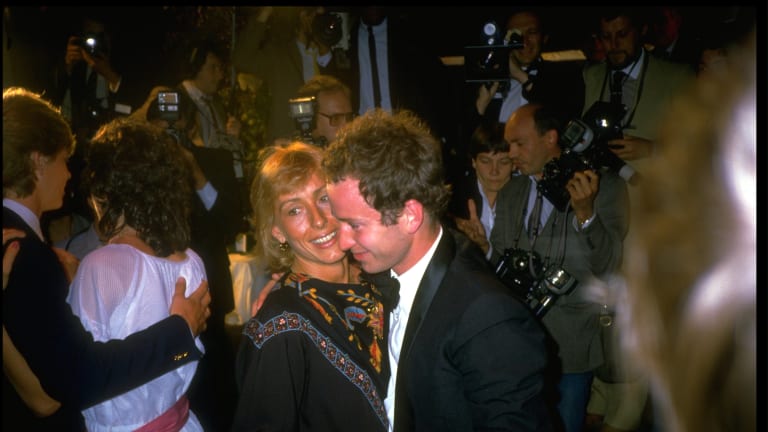Tennis Lessons
On International Lefthanders Day, an appreciation of 'Glory Days' and two of its southpaw subjects, John McEnroe and Martina Navratilova
By Aug 13, 2021Tennis Lessons
Working within traditional framework, tennis players made their point in 2025
By Nov 23, 2025Tennis Lessons
REVIEW: Sincaraz books capture Jannik Sinner, Carlos Alcaraz in the wake of new era-defining dominance
By Oct 24, 2025Tennis Lessons
What is the importance of stats in professional tennis?
By Oct 18, 2025Tennis Lessons
JTCC makes "Tennis for Everybody" with adaptive tennis program
By Sep 13, 2025Tennis Lessons
What is an unforced error? A meditation on the tennis player's least favorite stat
By Dec 28, 2024Tennis Lessons
The Never-Ending Serve Quest: Top players shift focus towards improved deliveries
By Feb 27, 2024Tennis Lessons
Roger Federer in primetime: TC Plus Classics to revisit 20-time Slam champ's greatest matches
By Dec 19, 2023Tennis Lessons
Winning Ugly, revisited: Brad Gilbert’s ethos returns with Coco Gauff Slam triumph
By Sep 30, 2023Tennis Lessons
On 50th anniversary of Billie Jean King's 'Battle of the Sexes' win, a push to honor her in Congress
By Sep 20, 2023On International Lefthanders Day, an appreciation of 'Glory Days' and two of its southpaw subjects, John McEnroe and Martina Navratilova
Jon Wertheim's winding book on the summer of 1984 includes a turn into tennis.
Published Aug 13, 2021
Advertising
Advertising

Before there was Rafa, there was Johnny Mac and Martina, showing off the versatility and power of left-handed strokes.
Advertising
Advertising

Navratilova and McEnroe—a champion and a runner-up—share a dance at the Winner's Party after the 1984 French Open.
© Getty Images